The Most Environmentally Efficient Non-Hybrid Cars You Can Buy Today
We ran the numbers for every 2018 vehicle with an MSRP below $40,000.
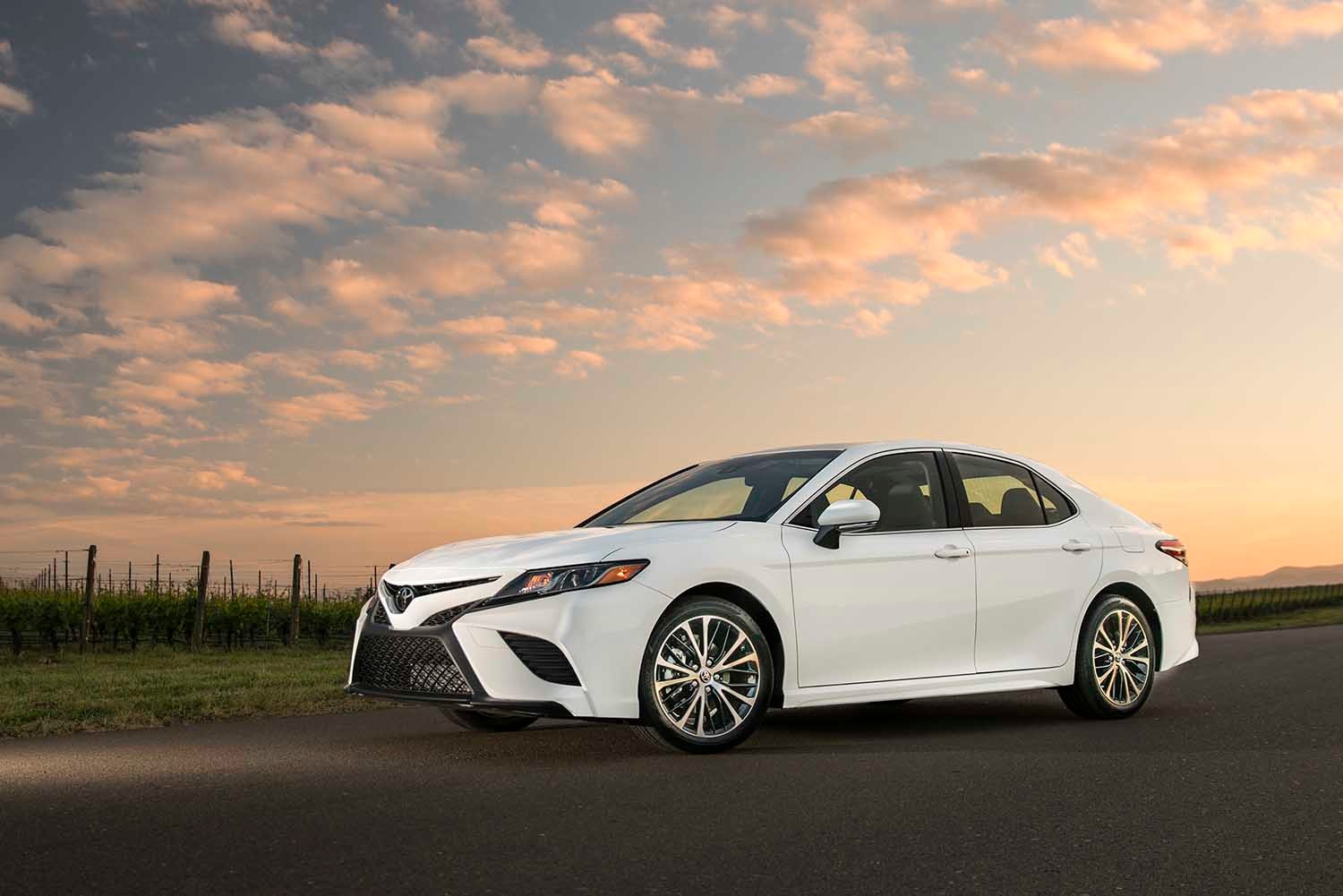 Toyota
ToyotaWhether you’re concerned about a car’s impact on your wallet or the environment (or both!), fuel efficiency and emissions are important factors to consider when shopping for a new vehicle. But while MPG is a relatively simple notion to wrap your head around – especially when gas prices begin their annual summer hike – emissions can seem a bit abstract. After all, you don’t pay for every gram of carbon dioxide (CO2) emitted like you do for every gallon of gas used. It can be even harder to fully contemplate the total emissions for something like an electric vehicle, which produces zero exhaust fumes while driving.
To help make it all a little easier to understand, we’ve developed an Environmental Efficiency Score that combines government data on fuel efficiency and emissions. See a more in-depth discussion of
We ran the numbers for every 2018 vehicle with an MSRP below $40,000. What follows are the most environmentally efficient non-hybrids you can buy today.
What is environmental efficiency, anyway?
There’s more to being green than using less fuel, just as there’s more to a car’s cost than the purchase price. If your primary concern lies with ecology rather than economics, you’re probably already aware that CO2 emissions from tailpipes are very much at the center of many environmental debates. With that in mind, we created the Environmental Efficiency Score. Essentially, it combines grams of CO2 per mile with each vehicle’s MPG rating into a metric that also accounts for emissions created in the fuel production process (drilling, refining, transportation, etc.). The result is the cars that most represent efficiency, both in your wallet and the air.
1. Mitsubishi Mirage
 Mitsubishi via Newspress
Mitsubishi via Newspress
There’s a simple reason the Mitsubishi Mirage is so efficient: it’s a very simple car. It’s not loaded with hundreds of pounds of luxury equipment (total weight is a very svelte 2,100 lbs), and it's powered by a 1.2L engine with just three cylinders. It might not have much power (78hp, 74 lb-ft of torque), but it also doesn’t have much of an impact on your wallet or the environment.
2. Honda Fit
 Honda
Honda
Honda’s Fit, with its conventional 1.5L four-cylinder engine, would actually outrank many a hybrid crossover in a direct comparison of environmental efficiency. Its above-average fuel economy and below-average emissions (in the good way) are enough to get it to number two of all non-hybrids, and it’s available with several advanced safety technologies, should you be so-inclined.
3. Honda Civic Sedan
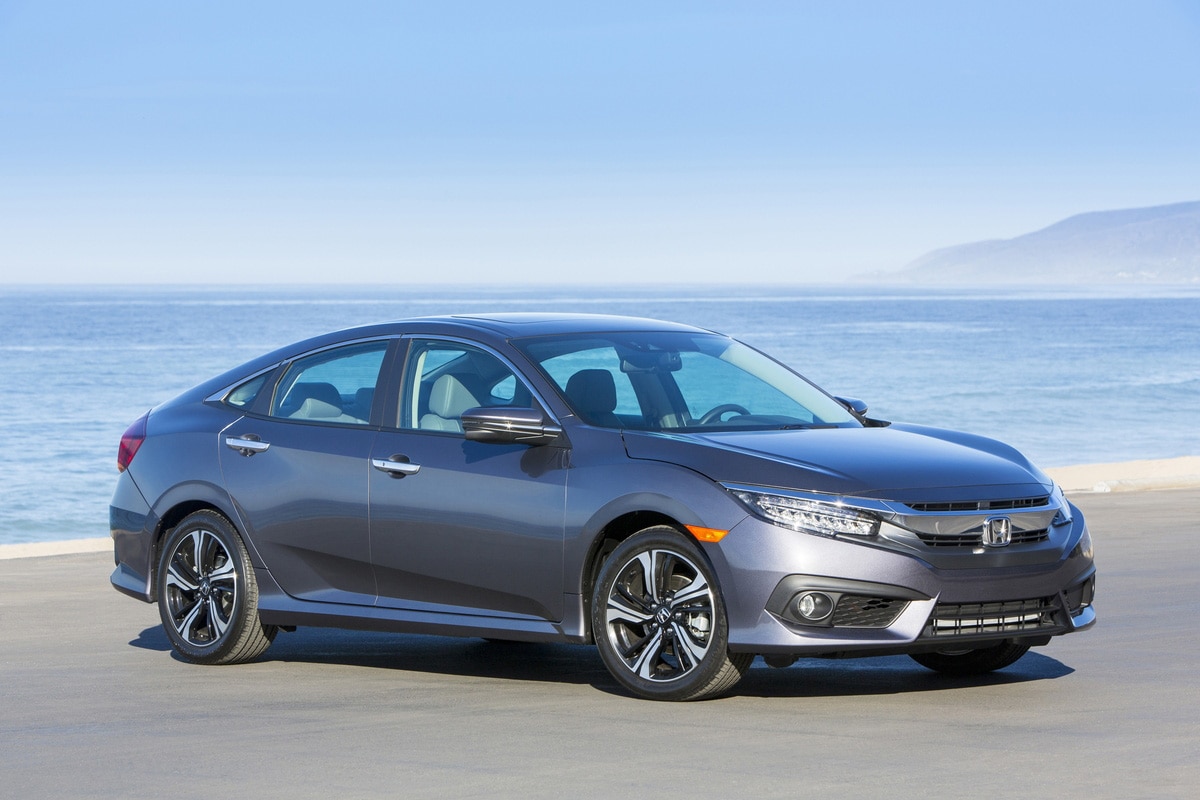 Honda
Honda
That the Civic notched a top three result here shouldn’t be surprising. When it debuted in 1972, the first Civic followed in the footsteps of the VW Beetle and MINI Cooper as a so-called “one calorie car,” and delivered a minimalist experience, especially at the pump. Flash forward to 2018, and the 10th generation of Civic still exemplifies frugality, but also offers basic creature comforts and the optional Honda Sensing suite of safety features.
4. Toyota Yaris iA
 Toyota
Toyota
Toyota’s Yaris iA actually shares more in common with the Mazda2 than the Yaris hatchback, which ranks 10 spots lower. As with several other cars on this list, Yaris iA derives its efficiency from simplicity and its compact nature. Out on the road, its engaging handling goes a long way toward making up for any lack of features.
You may also like:
Car Safety Ratings: How to Read Between the Stars
Modern Safety Features and You: Tech that Keeps You in Your Lane
5. Hyundai Elantra 1.4 Eco DCT
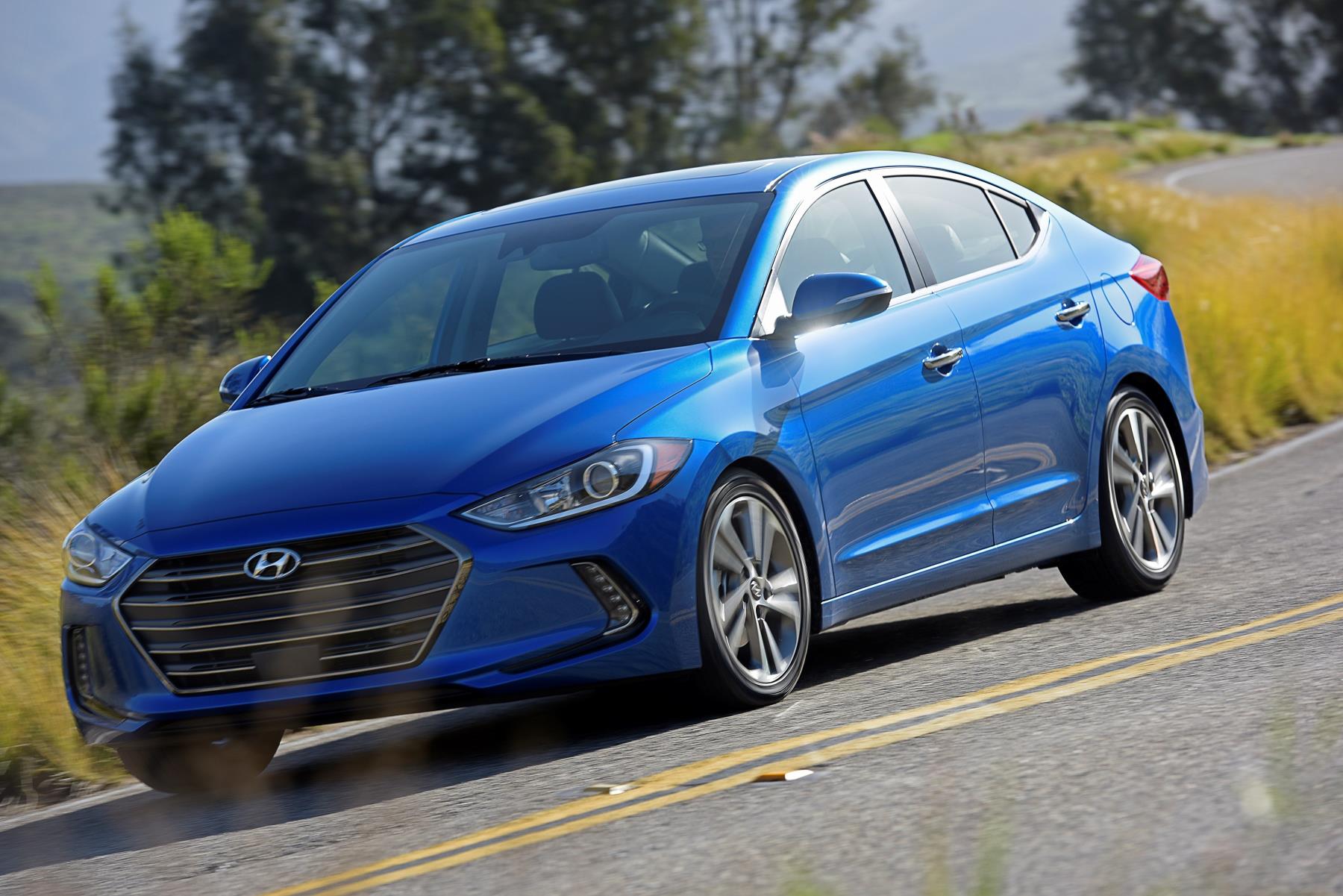 Hyundai via Newspress
Hyundai via Newspress
Hyundai’s chief competitor to Civic is only one mile per gallon off, and as trims go up, it aligns fairly closely to the Honda with regard to features and pricing – despite a starting MSRP ($16,950 for the 2.0 M/T trim) that’s nearly $2,000 lower. That said, the best scoring Elantra is the mid-level 1.4 Eco trim, which raises the price by over $3,500, but comes with a more efficient engine and transmission.
6. Chevrolet Cruze Diesel Manual
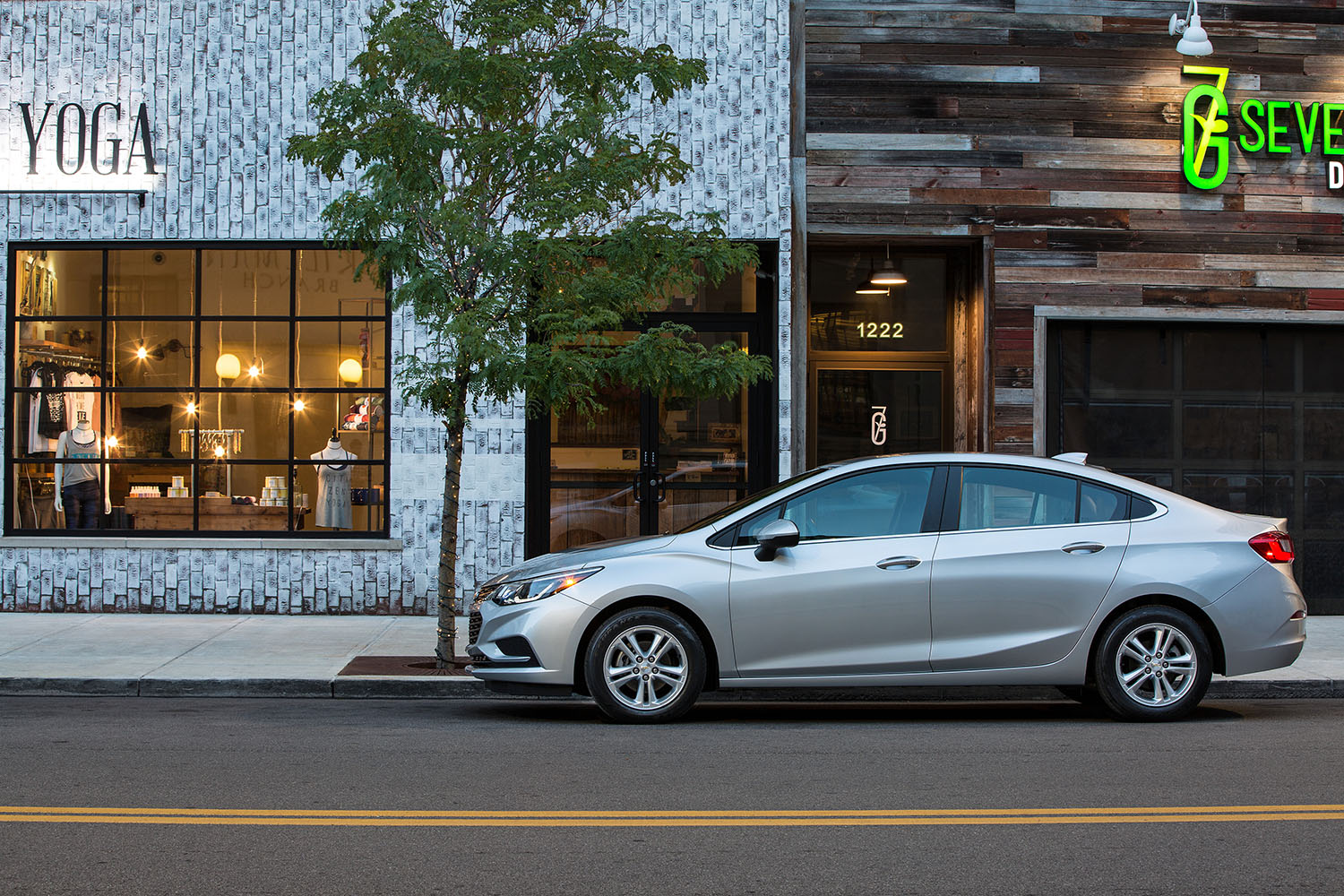 Chevrolet
Chevrolet
According to GM’s sales data, Cruze is Chevy’s best-selling car (and third best-selling vehicle, behind Equinox and Silverado). It’s also a bit of an outlier on this list for two reasons: 1) it’s the only diesel-powered car in the top 10, and 2) it’s one of just two for which the manual transmission variant is actually more efficient than the automatic (albeit not by much).
Environmental Efficiency Score: 78
7. Nissan Versa S Plus
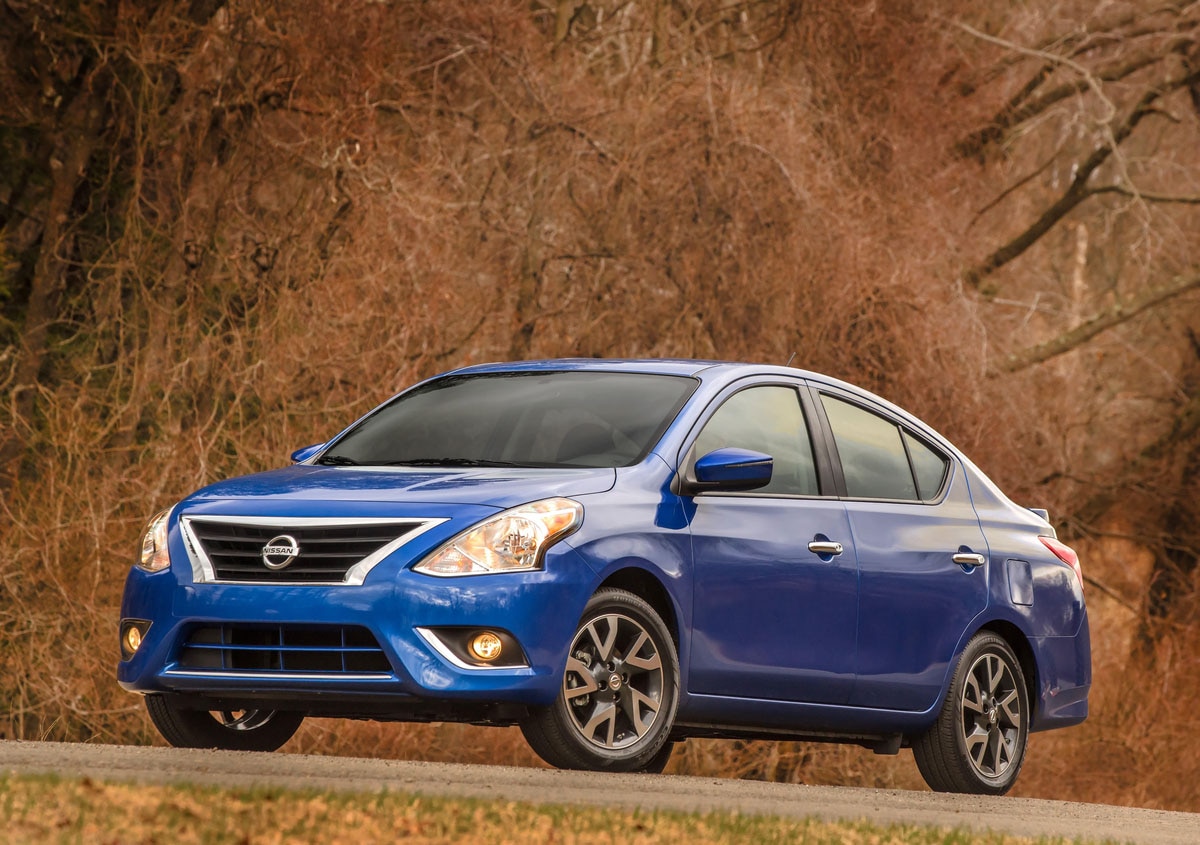 Nissan
Nissan
Nissan’s Versa would have been the cheapest car on this list, with a base MSRP starting at just $12,310 if purchased with a manual transmission. However, opt for Versa’s continuously variable transmission (CVT), and MPG improves by four, while CO2 output drops by 45g/mile. Translation: the difference between being 7th in the category, and 100th in terms of environmental efficiency is $2,140.
Environmental Efficiency Score: 75
Combined MPG: 34
Combined CO2 per mile (grams): 325
MSRP: $14,450
8. Toyota Corolla LE ECO
 Toyota
Toyota
Like its arch-rival Honda Civic above, Corolla has been at the forefront of fuel-sipping for generations, and has now been on sale in the United States for over 50 years. Today, it comes standard with the Toyota Safety Sense P suite of safety technologies, but that’s not why it’s on this list. The LE Eco trim helps increase fuel economy (34 mpg combined, vs. 30 mpg), while cutting down on carbon output, which is why it cracks the top 10.
9. Ford Focus
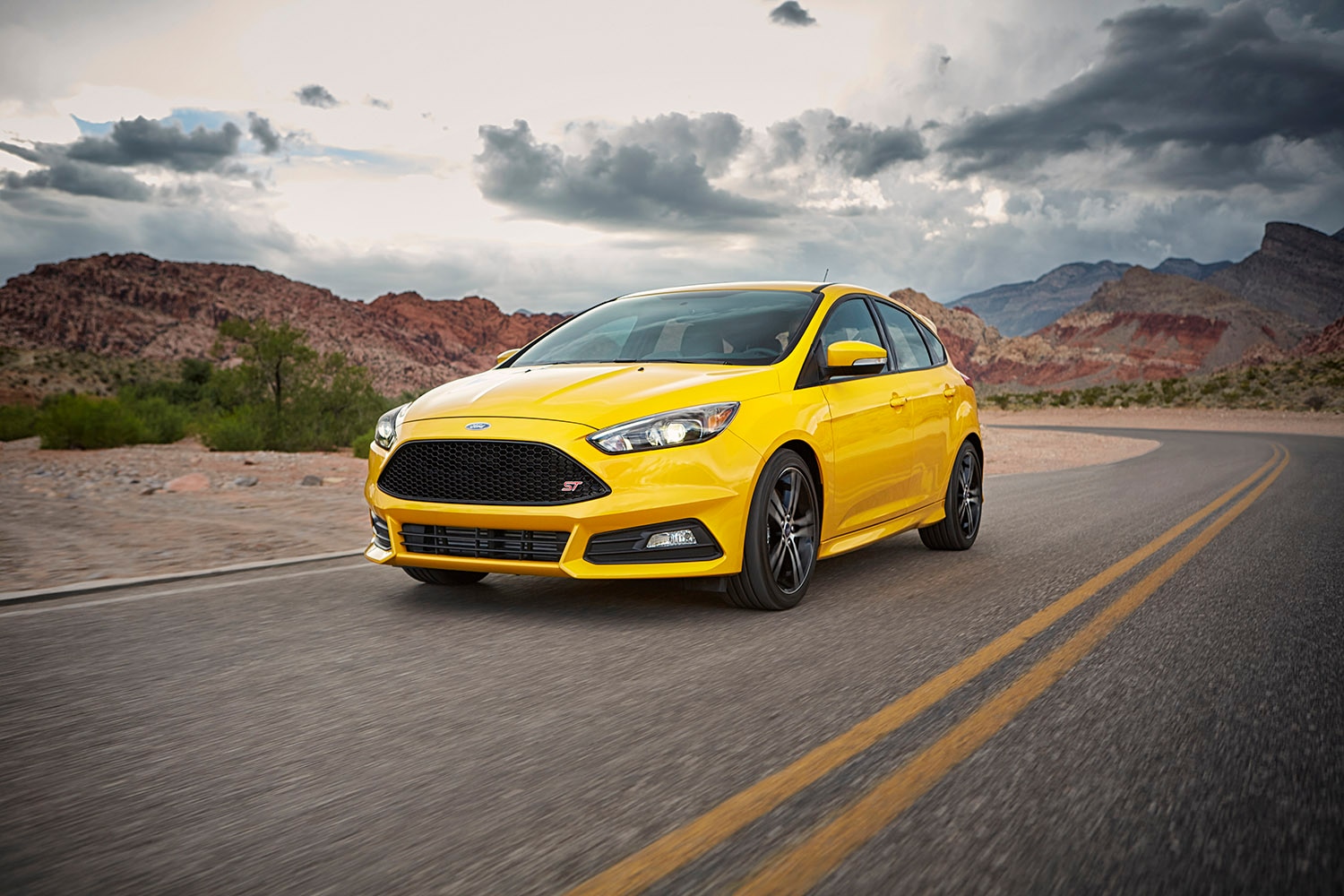 Ford
Ford
Ford’s Focus offers a wider range of trims than any other vehicle on this list. All-out performance machines like the Focus RS and ST (shown) steal much of the limelight, but the entry-level models offer substantially more in terms of economy. While Ford’s 1.0L turbocharged three-cylinder engine is an extra-cost option, it brings with it a dramatic cut-down in fuel use (nearly 20%) and emissions.
Environmental Efficiency Score: 74
Combined MPG: 34
Combined CO2 per mile (grams): 330
MSRP: $19,245
10. Toyota Camry L
 Toyota
Toyota
Toyota’s best-selling sedan comes in at number 10 for its entry-level L trim, though any level that sports the 2.5L four-cylinder engine would remain in the top 15. Camry underwent a wholesale redesign ahead of the 2018 model year, and now includes quite a few safety and convenience items as standard that other cars on this list only offer at an additional cost, or don’t offer at all.
Why no hybrid or electric cars?
For those wanting to see the absolute most environmentally-efficient cars on the road, we’ll be running numbers on hybrid and electric cars (and several other key categories) soon. However, we’re excluding them here for reasons of practicality.
Hybrids are great for a lot of people, but not for everyone. By adding both a large battery pack to store energy and a motor to provide assistance to the gasoline engine, hybrids add a lot of weight and complexity to a vehicle. Also, due to the need to accommodate that larger battery, most hybrids have significantly less cargo capacity than their non-hybrid counterparts. The Chevrolet Malibu Hybrid, for example, sacrifices four cubic feet of space in the trunk, while the Hyundai Sonata Hybrid loses three cu.ft. to accommodate the battery.
As far as electric vehicles (EVs) go, the number of EVs on the market is still very low compared to the overall volume of vehicles. Throw in the fact that less than two-thirds of EVs under $40,000 offer a range above 100 miles, and it’s clear that EVs still have a way to go before appealing to a mass market.
Where’s the math?
In determining a vehicle’s per-mile environmental impact, one of the key factors is so-called “well-to-pump” emissions. Well-to-pump includes CO2 emitted during the production and transportation of the fuel you buy at the gas station. For cars and trucks that don’t use electrical grid energy – that is, regular cars and basic hybrids as opposed to EVs and Plug-in Hybrid Electric Vehicles (PHEVs) – this is fairly straightforward. According to the EPA guideline on accounting for well-to-pump gasoline
Grams of CO2 per mile x 1.25 (well-to-pump factor) = total grams of CO2 per mile
225 x 1.25 = 281.25
Dividing the total grams per mile by miles per gallon (or multiplying by gallons per mile), which in this case is 39 mpg combined, yields a raw score.
Total grams of CO2 per mile x gallons per mile (1/mpg) = Raw Score
281.25 x (1/39) = 7.21
From there it’s simply a matter of comparing the raw score of every vehicle in a given grouping to the leader. That’s why the Mirage, with a raw score of 7.21, gets a 100 and a Camry (9.71) scores a 74.
(Group-leading raw score / vehicle’s raw score) x 100
(7.21/9.71) x 100 = 74
As drivetrains move toward battery power that requires charging, the formula changes dramatically, and we’ll address those changes soon when we discuss EVs and PHEVs.
*The EPA doesn’t provide the same guidance for diesel, so we’ve kept the same factor for both. The difference in emission productions is only during one phase of the well-to-pump process, and is fairly minor compared to the emission output of drilling and transporting (not to mention driving your own vehicle). According to information provided by the Argonne National Laboratory, the impact is less than half a percent.
Written by humans.
Edited by humans.
 Aaron Miller
Aaron MillerAs a veteran automotive journalist, I have been fortunate enough to drive some of the most desirable cars on the planet and get to know some of the most important people in the industry. Before joining Capital One, I served as the Cars Editor for a major national website, and covered industry news and analysis for well-known automotive-specific sites. I also wrote feature articles and reviews for niche enthusiast websites. I’ve been obsessed with cars since—literally—before I can remember, with my collection of die-cast and slot cars taking center stage during my formative years. Simply put, for me, working isn’t really “work.”
Related articles
View more related articles